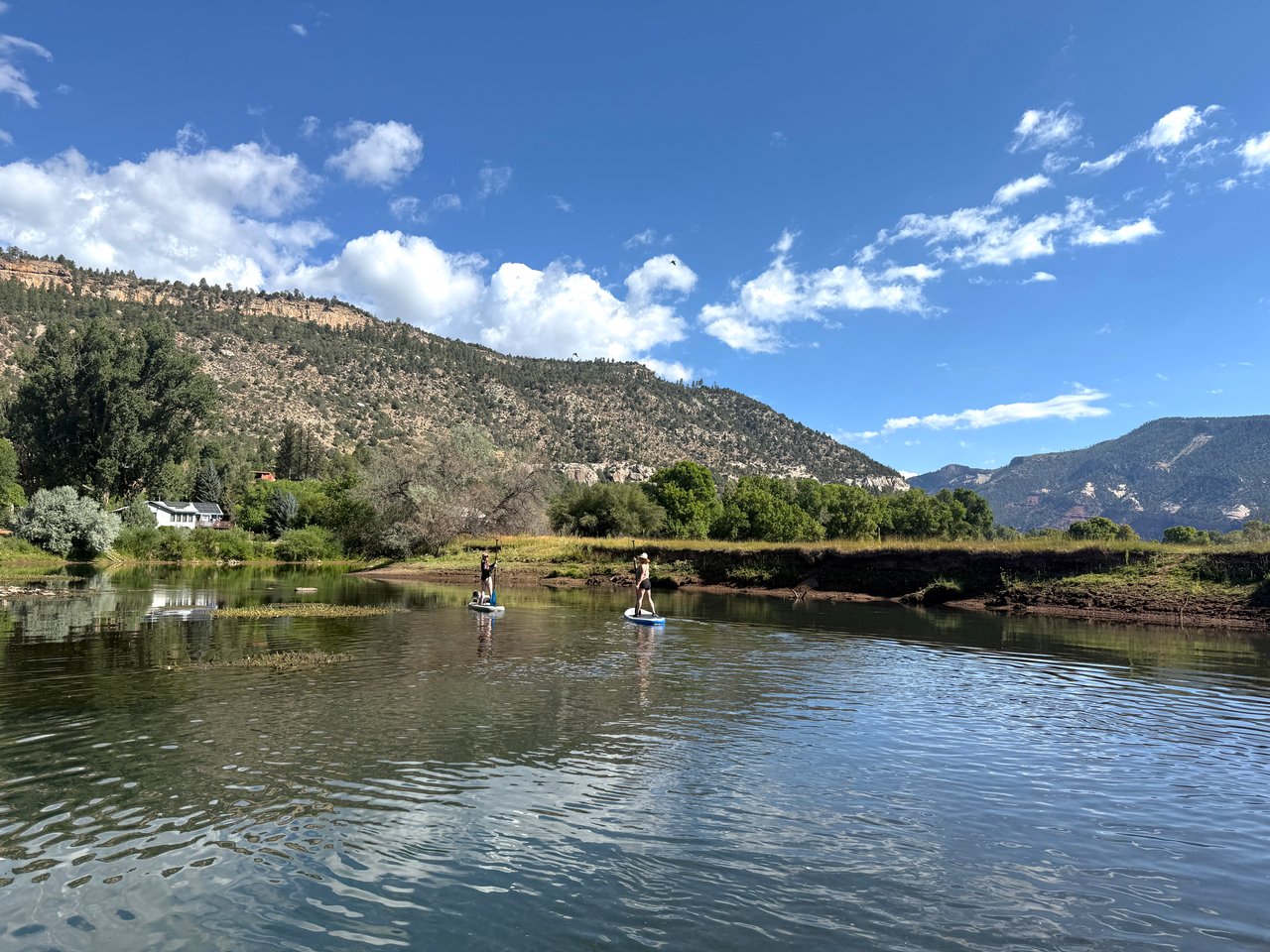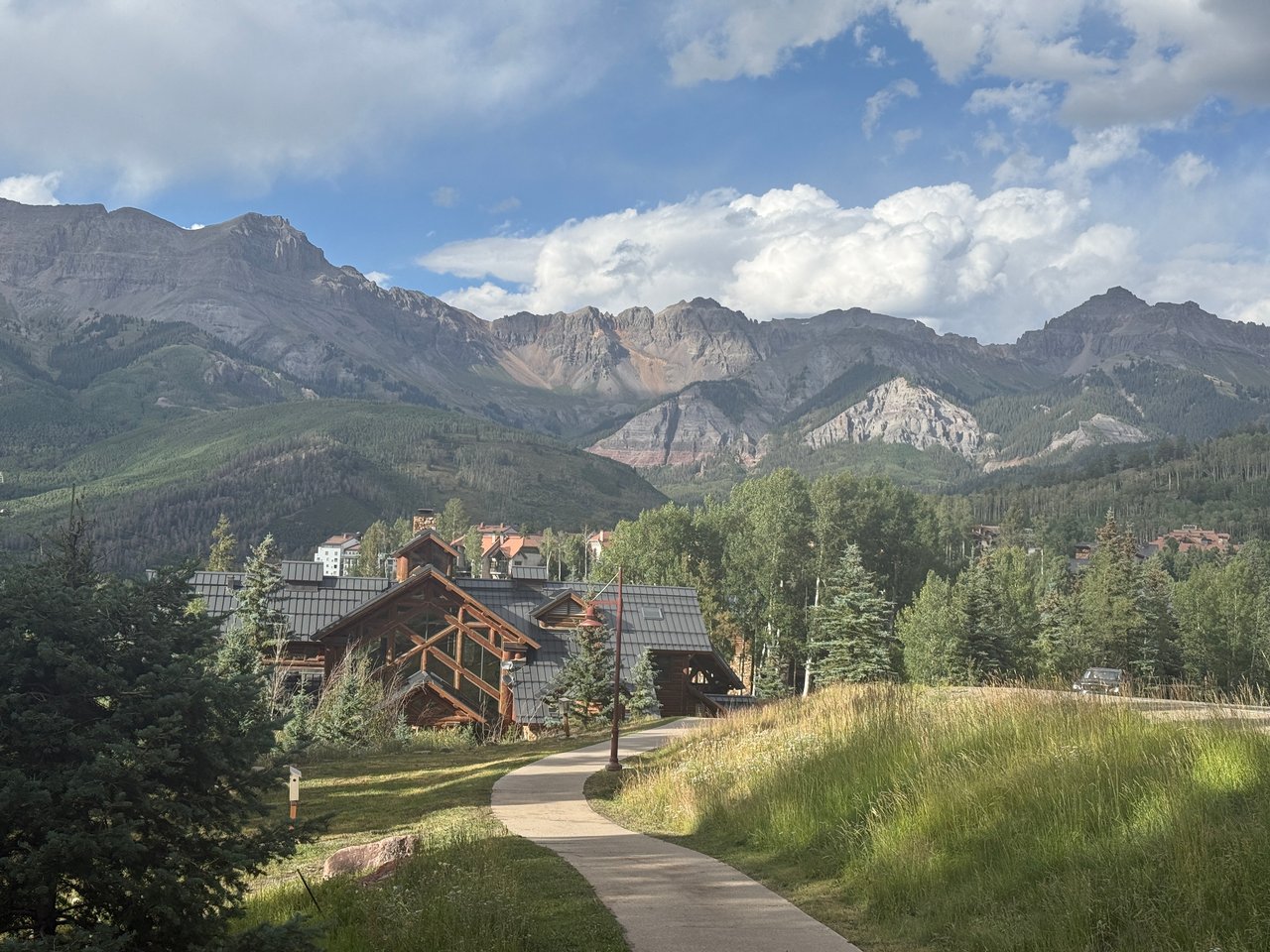Fall moves fast here—cool mornings, dry winds, then a snap freeze. A little prep now keeps your home comfortable, safe, and efficient all winter.
When does “fall” hit?
Average first frost (≤32°F) and hard freeze (≤28.6°F):
Pagosa Springs: frost ~ Sept 7 • hard freeze ~ Sept 21
-
Durango: frost ~ Sept 21 • hard freeze ~ Oct 4
-
Ignacio: frost ~ Sept 18 • hard freeze ~ Oct 1
-
Cortez: frost ~ Sept 30 • hard freeze ~ Oct 15
-
Mesa Verde: frost ~ Oct 15 • hard freeze ~ Oct 21
Your quick timeline
-
Early–mid September: knock out exterior basics before leaves pile up.
-
Late September: winterize water systems; book pros (chimney, HVAC).
-
Early October: final freeze-prevention pass and safety checks.
Two-Weekend Plan
1st Weekend – Outside:
- roof/gutter clean
- trim ladder fuels
- move firewood out of 0–5 ft zone
- blow out sprinklers
- disconnect hoses
- install hose-bib covers
- check well house/heat tape.
2nd Weekend – Inside:
- replace HVAC filter
- test CO/smoke alarms
- book chimney sweep
- test thermostat
- insulate exposed pipes
- set up generator/emergency kit
- start a radon test
1) Roof, gutters, and ice-dam prevention
-
Clear gutters/downspouts so meltwater drains.
-
After windy days, check for lifted shingles, loose flashing, debris in valleys.
-
Ice dams start in the attic: air-seal, verify insulation depth, keep soffit/ridge vents clear. (Heat cables are a last resort.)
2) Defensible space tune-up (yes, in fall)
-
Keep the first 0–5 ft non-combustible (gravel/pavers; skip mulch and stacked wood).
-
In 5–30 ft, limb up trees, space shrubs, mow grasses.
-
Move firewood out of the 0–5 ft zone; sweep needles off decks and roofs.
3) Water systems: sprinklers, hoses, hose bibs
-
Blow out irrigation lines; protect the backflow preventer.
-
Disconnect and drain hoses; add insulated hose-bib covers.
4) Heating-season readiness
-
Service furnace/boiler; replace or wash filters (every 1–3 months in winter).
-
Test the thermostat and make sure supply/return vents are clear.
-
If you use a humidifier, change the pad and set a reasonable RH to avoid window condensation.
5) Fireplaces, stoves, and chimneys
-
Schedule your annual inspection/sweep before first burn.
-
Stock dry wood and store it away from the house (see defensible space).
6) Freeze-proof your plumbing
-
Insulate exposed pipes, crawlspace lines, and pipes on exterior walls.
-
Check well houses/outbuildings: heat tape or a safe space heater where appropriate.
-
Label the main water shutoff so you can find it fast.
7) Safety gear check (five-minute win)
-
CO alarms on every level and outside sleeping areas; smoke alarms in bedrooms/halls.
-
Test buttons; replace CO units past manufacturer life; swap batteries if needed.
-
If you have a generator, test it and stage cords; run outdoors only (never in a garage).
8) Radon (Colorado reality)
-
Run an inexpensive short-term test in the lowest livable level.
-
If levels are high, plan follow-up testing/mitigation before deep winter when homes are closed up.
9) If you’re on well & septic
-
Well: verify heat/insulation at the well head/house; schedule your annual water test (bacteria + nitrates at minimum).
-
Septic: keep surface water off the tank/field; if you’re due (about every 3–5 years), pump before the ground freezes.
10) Wildlife-smart housekeeping (it’s bear season)
-
Use bear-resistant containers; roll trash out the morning of pickup; clean bins to reduce odors.
11) If you’ll be away this fall/winter
-
Set the heat to 55°F or higher; open sink-cabinet doors on exterior walls during cold snaps.
-
Consider shutting off water and draining lines for longer trips.
-
Leave a key with someone local and show them the main shutoff.
Grab-and-Go Checklist
Why this matters
Freeze–thaw is tough here: cold nights and sunny days make roofs, pipes, and caulk lines expand and contract. Clearing gutters, sealing obvious drafts, and insulating exposed lines prevents leaks and ice dams. Keeping defensible space tidy, servicing your heating system, and knocking out safety checks (CO/smoke alarms, chimney sweep, radon test) creates a warmer, safer, lower-stress winter.
Winterize water systems before the first freeze—blow out sprinklers, disconnect hoses, and cover hose bibs. If you’re on rural systems, verify well-house heat and schedule septic service if you’re due. Traveling? Set heat to 55°F or higher, open sink-cabinet doors on exterior walls during cold snaps, and know the main shutoff. Do the exterior list one weekend and the interior list the next—small tasks now beat mid-winter emergencies later.
New to the area and need a pro recommendation? Reach out—I’m happy to connect you with trusted local vendors.
Stay ahead of the curve. For personalized guidance tailored precisely to your objectives, schedule your FREE Consultation today by clicking here.



